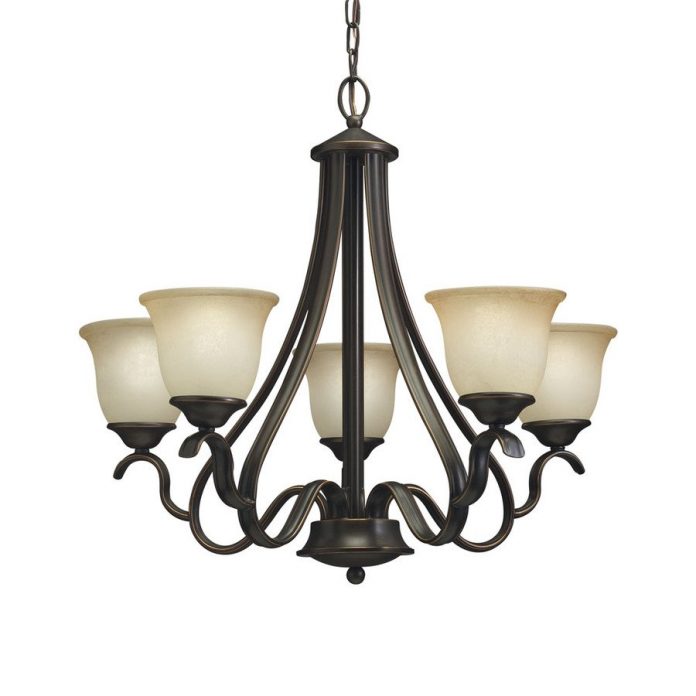That every home requires light is evidence of how lighting is a key feature in home interior. Essentially, it sets the mood while creating both space and light. In deed, no matter how carefully you may furnish, arrange and accessorize your interior, it will not look well decorated until you have set your lighting comprehensively. To attain the perfect lighting, you will need to implement the key lighting ingredients into a smooth combination. These include:
- Ambient – it consists of central pendant lights, ceiling light shades, wall lights, down-lighters, up-lighters and standard lamps.
- Accent – it entails directional lighting that highlights particular features. If you can fit them well, they will give you a dramatic atmosphere while acting as focal points and contrasts of darkness and light.
- Task – it’s meant for tasks such as reading, cooking or even shaving. In most cases, these lights are usually free glare lights that do not strain the eye while giving good definition to detail. Usually, a bulb with a range of 60 to 75 watts will be a good task light.
A notable mistake that you may commit when lighting is to make the assumption that any lighting is good lighting. Well, nothing could be further from the truth. In any instance, lighting complements and completes the desired interior lighting effect. For instance, while task lighting, you should be careful to have the globe at a considerable height, such that it won’t damage your eyesight.
Before you begin to light up your home, draw up a lighting plan that will help you get the best effect. Note that each room will need a specific, different lighting based on its functions. For example, your most dull room will need more light than your brightly painted room. This is because the dull walls will tend to absorb light rather than reflect it.
The Living Room
Ceiling lights are a great way to illuminate light in the living room and come with both flush-mount and semi flush-mount designs. However, they are not the only option when it comes to lighting the living room. You can also use pendant lights, which are a great alternative. Pendants come with style and class. There are also numerous types of lamps that will work well in our living room. For example, you may put two table lamps around the perimeter on tables, furniture and shelves, or an adjustable reading lamp beside your sofa. Noteworthy, while lighting, you will do well to avoid one central lighting theme. Effectively, you will avoid having shadows and glare. Get some picture lights to illuminate your photos and bookcases too. Other appropriate lights that you may use for your living room include the floor lamps, torchiere lamps and recessed lights which give off a warm glow. In addition, you may consider installing some wall sconces, which will bring a level of sophistication to your living room, since they also double up as pieces of art.
The Dining Room
A set of designer pendant lights will quickly transform your dinette set. They will provide you with both general and task lighting. You may opt to get a set of modern pendants, classic pendants or traditional pendants for that country cottage feel. Usually, these lights are used in multiples. Therefore, bring them in a straight line over your dinette set. You may decide to use a dimmer to adjust the intensity of light and in turn create a cosy mood. In the same breathe, you may include free standing lamps or candles as alternatives.
The Kitchen Room
Kitchens come with a wide selection of light fixtures such as island lights, kitchen chandeliers and ceiling lights. The lights also range from the classic to the glamorous spotlights and trendy designer lights. Strip-lights, plinth and small halogen lights in glass fronted display cabinets are good options too. Nonetheless, have a central light in order to provide a general level of illumination in your kitchen.
The Bedroom
Bear in mind that you are looking for a lighting that will enhance a sense of relaxation, romance and comfort in your bedroom. Consequently, do not install any form of general lighting as it will create a harsh glare. But you may find that you’ll use more task and ambient light for grooming, reading and resting. You can use twinkling fairy lights or neon. The most important bedroom light will be the one beside your bed. It will be useful for reading or watching the bedroom tube, and will not necessarily distract your partner’s sleep. While setting the lights, you may have them mounted on the wall or fixed behind or into the bed-head. But note that lights that are built into the bed-head do not cater for extreme height. Light your dressing table horizontally from both sides to avoid seeing shadows across your face. You may also decide to fit tungsten or fluorescent strips in your wardrobe or the units that come when you open the door.
The Bathroom
Of all rooms, the bathroom requires the most flexible lighting scheme. For instance, your lighting should be bright enough to enable you to put on your make up without dishing out too much light or heat. Note that you don’t want to take a bath under a general lighting with a 100 watt globe! Give some attention to your mirrors by placing some side lights to provide for general illumination. Make sure that all metal parts in you bathroom are covered and double insulated such that there can be no shocks or electric shorting. Do not use a conventional light fitting that’s not meant for bathroom use. Importantly, have your light switches outside the bathroom or get a suitable pull cord.








